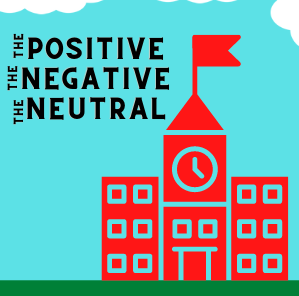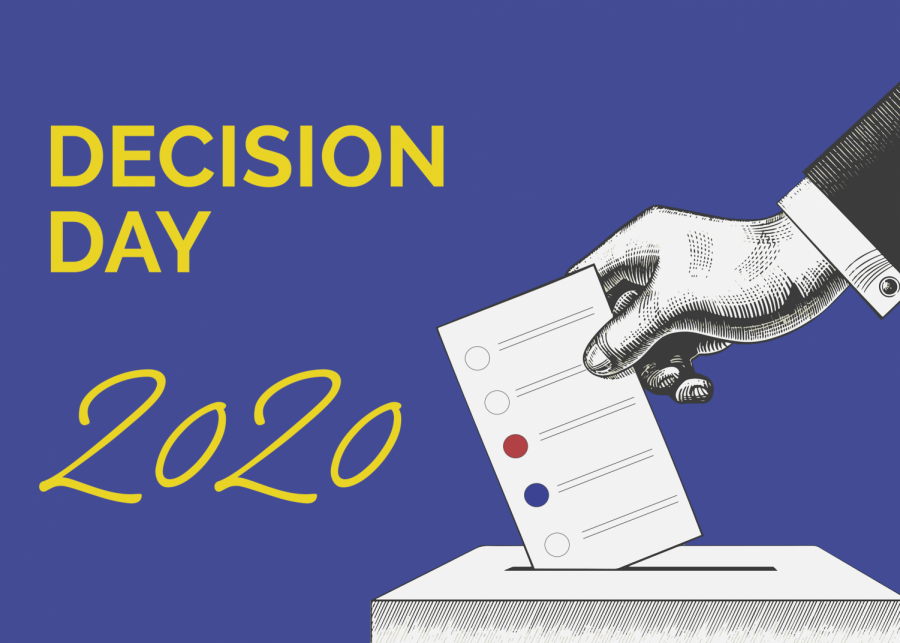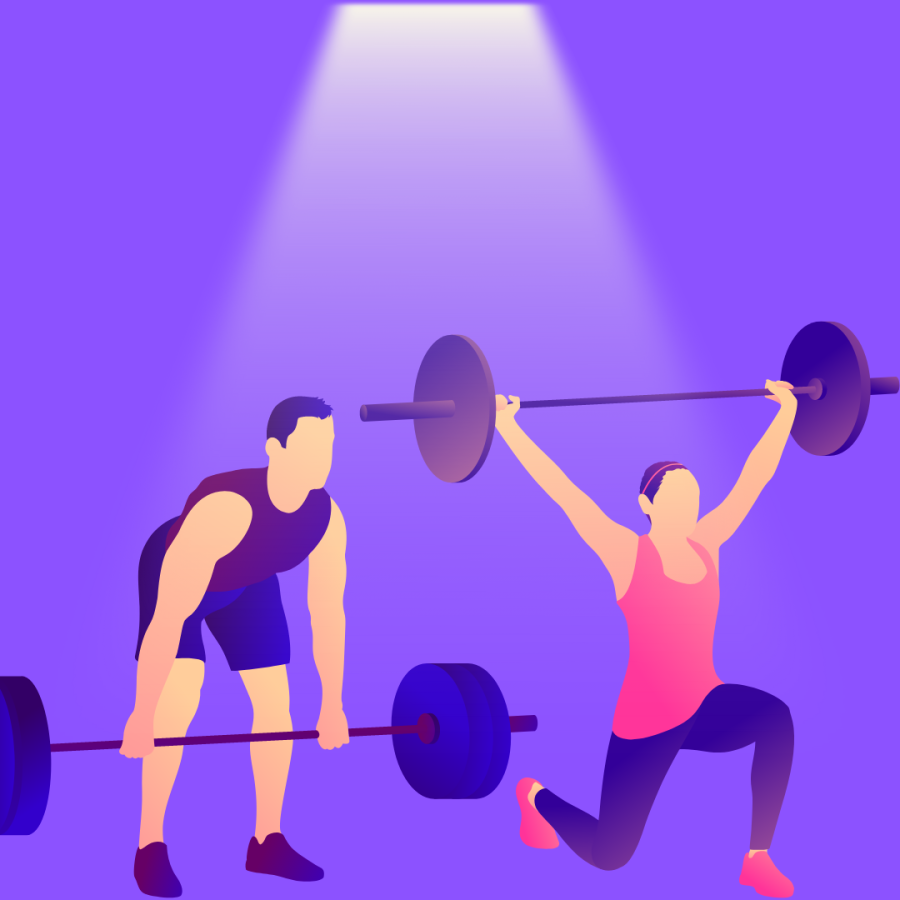One More Rep
After COVID quarantines, interest in fitness and health reached several new audiences, many of which rely on questionable resources for inspiration and advice such as instagram models and fitness influencers promoting substances.
Fitness culture holds a powerful influence on youth today, which can create waves of both positive and negative impacts on the population’s physical and mental health.
March 29, 2023
Around 3000 years ago, ancient Greece became home to the first formal gyms. They were usually a locality for the education of young men, as public libraries and recreation centers are today. The educational opportunities provided included physical education, bathing, and studying. Ancient Olympians would regularly attend to train and prepare for future games.
The culture of fitness has drastically changed since ancient Greece, as not everybody who attends a gym are young men or future olympians. Smartwatches, monitoring devices, headphones, and applications using augmented or virtual reality have been incorporated into the fitness regime — some of which don’t even require a gym. These have been vital in providing motivation for both new and experienced users, enhancing and individualizing their active lifestyle.
Fitness tech gadgets help automate tasks like rep counting, progress tracking, macro tracking, heart rate, blood pressure, and other variables. Although new innovations have supported users in their fitness journey, other elements, such as substances, have also been used to achieve one’s desired physique. The use of steroids, for example, results in various opinions in modern day fitness. “People who are taking steroids are taking the cheap way out,” senior Kamaal Reel said. “Sometimes there are good ways to use it and terrible ways to use it. For weightlifting, it’s a terrible way to use it.”
Several negative consequences emerged from dependency on both technology and substances. Users have shown signs of fixation on numbers, rigid diet, obsession, app dependency, high sense of achievement, extreme negative emotions, motivation from ‘negative’ messages, and excess competition. Those on steroids have also been shown to have complications such as signs of delayed wound healing, rapid mood swings, muscle weakness, skin that bruises easily, diabetes and stomach ulcers.
Not every resource about health and wellness can be trusted. Gym-goers on social media will not only try to come up with exercise variations just to be different, but also encourage poor form and technique on traditional exercises. Poorly performed deadlifts on social media with incorrect technique and rounded backs make the rounds of online fitness circles, all for the sake of receiving unwarranted validation.
Some consider social media partly responsible for unrealistic body images and the mental health issues that follow. Studies suggest that women who spend more time on social media are more susceptible to thin idealization, body consciousness, and exercise motivation. “All these influencers, they’ll get all these surgeries and post and say ‘this is my body and I worked for it, you can do it too,’” junior Aleesha Farooq said. “But they’re using their filter, they’re using their money to get what they have, and it’s very unrealistic.”
Unrealistic physiques from fitness influencers have resulted in unrealistic expectations of what the ‘ideal body’ is. Adolescents have access to an overwhelming amount of photoshopped bodies and unconventional health routines, which has a huge impact on their self-worth and body image. “People romanticize the perfect body,” junior Lina Boughaba said. “They really want that hourglass, they really want those abs, they want slim waists — everyone really wants that ideal body.” Teenagers may expect men to have chiseled abs, a big chest and extremely tapered waistlines to look ‘perfect’ and be healthy, and for women to have underweight/extremely thin bodies, and in reality this can be a detriment to their long-term health.
The extremes that individuals are willing to go to achieve their ‘dream body’ can be considered a form of addiction, specifically, exercise addiction. According to the National Center for Biotechnology Information (NCBI), negative gym environments can cause exercise addiction, appearance anxiety and body dysmorphic disorder (BDD). “I feel like [gym culture] is impacting little kids,” Farooq said. “{Young] girls want what we want. Like first of all, you haven’t even gone through puberty, don’t worry about your body,” Farooq said. Farooq has seen the impact of diet culture on her younger sibling. “It makes me feel so bad, it makes me want to cry. [My sister] is only in 4th grade. The boys around her want the girls to have a big butt. I feel like when I was in elementary school, you had to be skinny. Now you gotta be slim-thick.”
The global fitness industry holds great power in the economy, as it is worth over $87 billion. The US fitness industry alone builds up a revenue of $33.25 billion as of 2021, some of which is due to the 39% of Americans who hold gym memberships. Between now and 2028, the fitness industry is expected to grow 171.75% to $434.74 billion. Arguably, the spike in interest and revenue in the fitness industry could be from people who are ready to attend public gyms again after 2020, or from individuals who participate more so because it’s a trend. “I think [fitness] is more of a lifestyle to everyone who believes it is,” said junior Dany Nguyen. “You just have to put in the effort to make it one.”
Individuals such as Academies of Loudoun seniors Pratap Allam and Raffaele Marino, who share a weightlifting account on Instagram (@acllifting), encourage fitness related achievements and fosters the lifestyle through their page. “I loved when people sent pictures of themselves because I want to grow the gym community as much as possible,” Allam said. “It’s really important to me, and I definitely would like to share that with other people.” This unique angle towards promoting diverse health and wellness journeys has put varying progressions into a realistic perspective. “There are many influencers that people look up to who take steroids and lie about it,” Allam said. “They’re displaying false images. They’re preaching that ‘you can get as strong as me while being natural’ when they’re actually enhanced.”
Approximately 48% of Gen Z adults exercise several times per week, and an additional near quarter do so several times per month. That’s above average when compared to the general population. “Depending on the age range, I’d say ages 13-25 work more on their looks, while people older than that genuinely want to work on their health,” junior Judy Hourani said. “The more you grow up, the more you wanna look better for yourself and make yourself feel good.” The evolution of fitness and gym culture varies per generation. An exerciser’s objective when participating in activity will determine the quality of both physical and mental health afterwards.
Research suggests that any increased form of physical activity can improve depression symptoms experienced by people throughout their lifetime. Reel uses time in the gym to process and work towards personal goals. “[Fitness] helps me a lot actually. If I’m angry at something, I can take it out in the workout,” Reel said. “I heard this quote. It sounds a little corny, but, ‘any weight that you can lift is too light.’”
Due to the substantial benefits that come with exercise, the President’s Council on Sports, Fitness & Nutrition seeks to “expand national awareness of the importance of mental health as it pertains to physical fitness and nutrition.” Junior Daniel Bankole takes advantage of these benefits. “When I wake up and go on a run, my mind just feels clear,” Bankole said. “It helps me with school, too, because it makes me more motivated,” Bankole said.
Reliable resources are available for those that are both new and experienced in the fitness industry. Using professional websites dedicated to health and wellness is an alternative to sifting through opinions and biases on social media. If you are looking for self-improvement or a change in your lifestyle/physique, the websites listed below contain realistic and trustworthy information.
Academy of Nutrition and Dietetics: https://www.eatright.org/
US Department of Agriculture (USDA): https://www.nutrition.gov/
School of Public Health at Harvard: https://www.hsph.harvard.edu/nutritionsource/
Exercise Prescription on Internet: https://exrx.net/
Livestrong: https://www.livestrong.com/
Bodybuilding.com: https://www.bodybuilding.com/




![Standing center stage, senior Ananya Akula conducts the Phoenix Chorale. “[Conducting and teaching] is really fun,” Akula said. “Music education is what I want to do.” On the day of the choir assessment, Akula found out that she received the President’s Music Scholarship – a full ride to the University of Miami Frost School of Music.](https://theblazerrhs.com/wp-content/uploads/2024/04/ananya-1200x800.jpg)
![Senior Fatima Qaderi grew into the person she wanted to become when she was younger and continues to work towards growing more confident in using her voice when it matters. “I didnt get treated the way I wanted to be treated, and I realized that it wasnt just them treating me the wrong way, it was me treating me the wrong way,” Qaderi said. “I forced them to like to look at me in a way where Im someone who needs to be respected; they cant just disregard me, they cant just look over me because I have a different opinion, because Im a woman, because Im Afghan, because Im Muslim, or whatever. It just took going through different experiences to figure out how [I wanted to] be heard.” Photo courtesy of Fatima Qaderi.](https://theblazerrhs.com/wp-content/uploads/2024/04/IMG_3870.jpeg)












![With the energy and effort the Bolts were bringing to the game, the Phoenix had to step up and match them to make it through their first game of the season. Many of the girls on the team, including freshman Nazly Rostom, have been playing soccer since their childhood and have grown a love for the sport as a result. “It was fun to see how we actually played in a [real] game,” Rostom said. “Even though the outcome was not what we were hoping for, I’m still happy we got to play together.”](https://theblazerrhs.com/wp-content/uploads/2024/04/DSC_0154-1200x800.jpg)


![Held up by a group of cheerleaders, flyer sophomore Leyu Yonas poses as part of a stunt, also supported by flyer junior Shayne Mitchell behind her. (Left) Prior to the pink out football game on Oct. 13, the athletes practiced in the aux gym from 5 p.m. to 6:30 p.m. (Right) On Oct. 19, the cheerleaders competed in their District Championships at Woodgrove High School. “We definitely put all our effort on the mat [at Districts], and it showed,” Mitchell said. Left: Photo by Nadia Shirr. Right: Photo by Steve Prakope via Victor O’Neill Studios.](https://theblazerrhs.com/wp-content/uploads/2023/11/feature-image-1200x823.png)
![Sophomore Xavier Smith (6), the Phoenix quarterback, runs the ball as his teammates help hold up the defense. “My [offensive] line collapses, so I just [have to run], and its a good way to get first downs because [Tuscarora’s] defense was really good,” Smith said.](https://theblazerrhs.com/wp-content/uploads/2023/11/IMG_5383-1200x897.jpg)



![As the referee throws the ball up for the tip-off, freshman Simone Diby leaps towards the ball to get it in Phoenix possession. Diby is a new member of the Phoenix girls basketball team, and despite it being a change, she finds it enjoyable. “It’s definitely a different experience if you’ve never played on a team, [but] I think it’s still fun.”](https://theblazerrhs.com/wp-content/uploads/2024/03/DSC_0057-1200x662.jpg)











![Gracing stages, football games, and even the big screen, Taylor Swifts popularity doesn’t seem to be declining anytime soon as she’s been almost everywhere on social media, and just this December, [Swift] won TIME Magazine’s Person of the Year award. This brought along magnificent pictures of Swift, articles praising her, and some controversy between Swifites (Swifts most devoted fans), and other people on whether or not she should have won this award.](https://theblazerrhs.com/wp-content/uploads/2024/04/taylor-swift-person-of-the-year-1-1094x1200.png)
















![With the energy and effort the Bolts were bringing to the game, the Phoenix had to step up and match them to make it through their first game of the season. Many of the girls on the team, including freshman Nazly Rostom, have been playing soccer since their childhood and have grown a love for the sport as a result. “It was fun to see how we actually played in a [real] game,” Rostom said. “Even though the outcome was not what we were hoping for, I’m still happy we got to play together.”](https://theblazerrhs.com/wp-content/uploads/2024/04/DSC_0154-600x400.jpg)




![As the referee throws the ball up for the tip-off, freshman Simone Diby leaps towards the ball to get it in Phoenix possession. Diby is a new member of the Phoenix girls basketball team, and despite it being a change, she finds it enjoyable. “It’s definitely a different experience if you’ve never played on a team, [but] I think it’s still fun.”](https://theblazerrhs.com/wp-content/uploads/2024/03/DSC_0057-600x331.jpg)